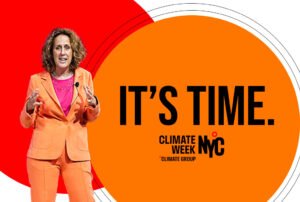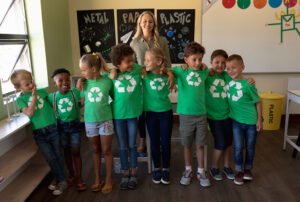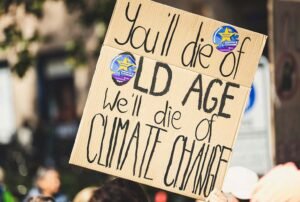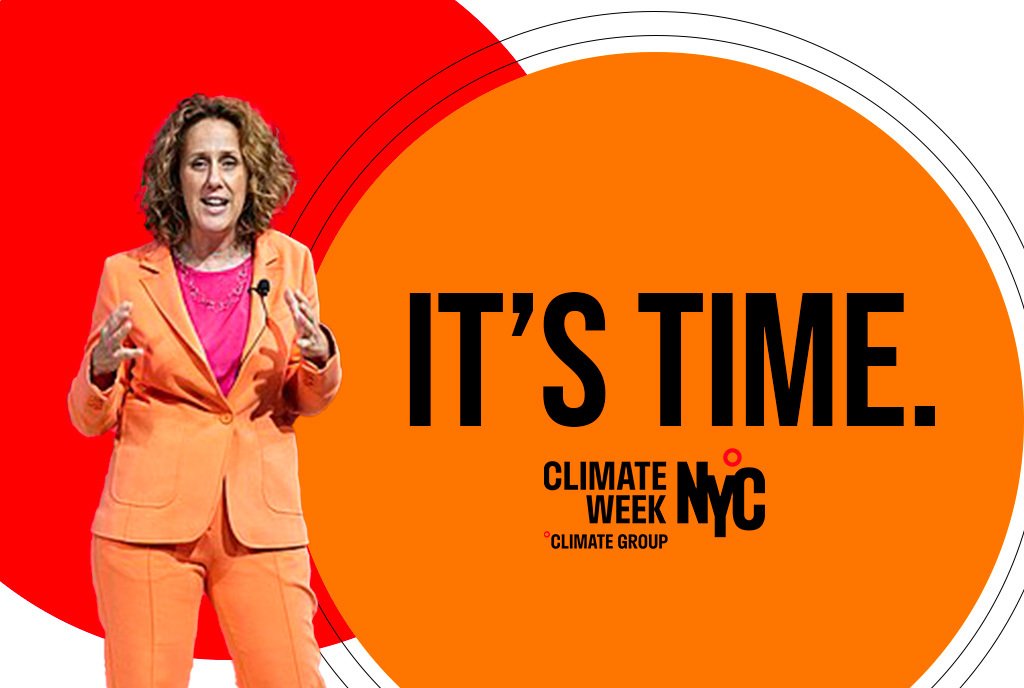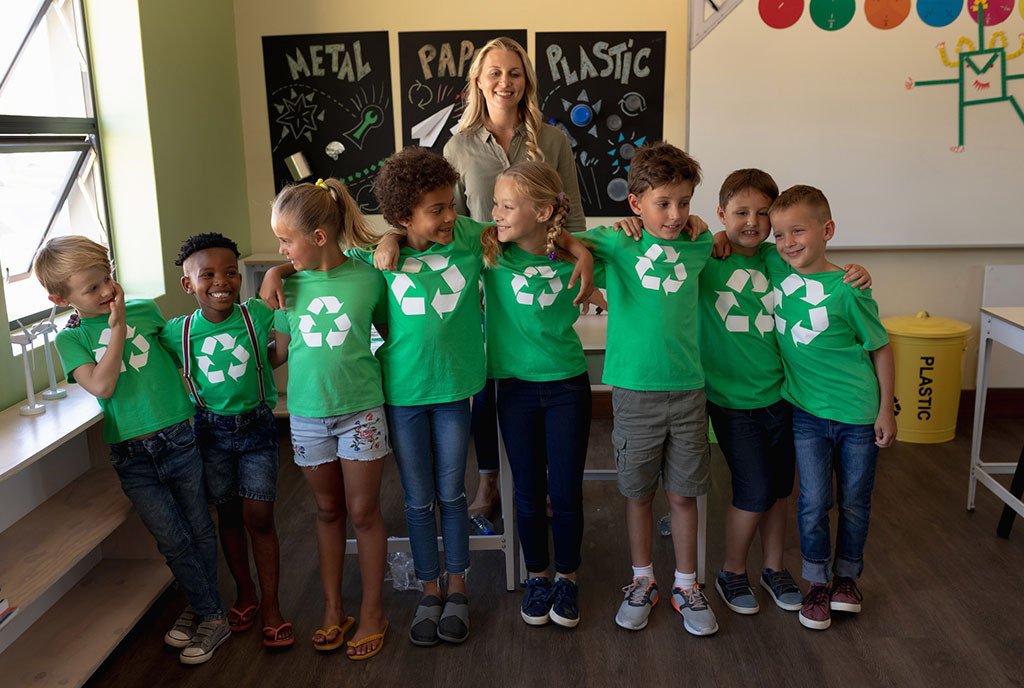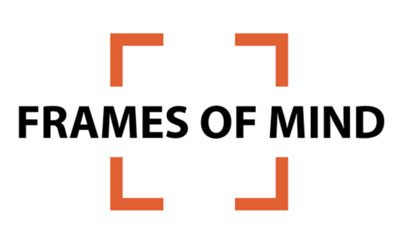 “Children are remarkably resilient, and the effects of traumatic experiences can be lessened if they receive comfort and support.”1 This core scientific principle was recently valued at over $100 million by the John D. and Catherine T. MacArthur Foundation. It’s the basis of a game-changing project that won the foundation’s 100&Change initiative, a competition among nonprofit groups working to solve critical social problems. The winners—the Sesame Workshop and the International Rescue Committee—will use the windfall to implement an evidence-based intervention to mitigate the effects of “toxic stress” in young children displaced by conflict and persecution in the Middle East.
“Children are remarkably resilient, and the effects of traumatic experiences can be lessened if they receive comfort and support.”1 This core scientific principle was recently valued at over $100 million by the John D. and Catherine T. MacArthur Foundation. It’s the basis of a game-changing project that won the foundation’s 100&Change initiative, a competition among nonprofit groups working to solve critical social problems. The winners—the Sesame Workshop and the International Rescue Committee—will use the windfall to implement an evidence-based intervention to mitigate the effects of “toxic stress” in young children displaced by conflict and persecution in the Middle East.
Another organization that supports early childhood development, Catholic Relief Services (CRS), was named a finalist for the award, receiving $15 million to curb the number of children entering orphanages and help institutionalized kids successfully enter family care.
An important thread runs through both projects: the science of plasticity.
Children’s advocates have been working hard to build public and political will to enhance funding for programs that support early childhood development. But these advocates have faced a major challenge: helping the public understand the complex neuroscience that undergirds these programs. Without a grasp of the underlying science, the public won’t understand why our children, our families, and our society need programs to support healthy development and they’ll be less likely to support them. Thankfully, the John D. and Catherine T. MacArthur Foundation not only understands the science of plasticity, but is willing to back it up with significant investments.
Experts at the John D. and Catherine T. MacArthur Foundation know we need programs and services that support healthy brain development among young children, especially those at risk of poverty, abuse, and chronic and severe stress. These programs help kids overcome “toxic stress” and adverse experiences in the early years of life and build resiliency. We need to support older children, too; the science of brain plasticity shows that children who experience adversity can overcome it with the proper support—the kind that the 100&Change winners will be providing to children around the world.
Over the last decade, my colleagues and I at the FrameWorks Institute, a communications think tank in Washington, D.C., have studied how to help the public understand this science. One of the most difficult things about this work is finding ways to help people grasp two ideas that seem in conflict:
- Children’s early experiences fundamentally shape their developing brains and biological systems in ways that have long-term (and even lifelong) implications for learning and health.
- Our brains and our biology can change throughout our lives based on the quality and content of our experiences.
In other words, children’s experiences in their early years are profoundly important, but the effects aren’t immutable—kids can overcome adversity.
Bob Dylan seems to understand these two facts intuitively. In his 2001 song, “Mississippi,” Dylan sings: “You can always go back, but you can’t go back all the way.” In this single lyric, he captures the essence of both principles. The public, on the other hand, has difficulty holding both these facts in mind. The problem is that members of the public take an “either/or” approach to early childhood development rather than a “both/and” perspective. People tend to think either deterministically about the importance of early childhood (that kids are “fully cooked” by five) or through unbridled optimism about the subject (that change is possible if we try hard enough to achieve it).
With some exceptions, like the experts at the John D. and Catherine T. MacArthur Foundation, the Sesame Workshop, and the IRC and CRS, our research shows few people hold both beliefs at the same time. We have observed this across our work on early childhood, adolescence, mental health, and addiction. So, how can advocates for children and families reach decision-makers beyond this community of highly engaged officials at foundations and nonprofit organizations and communicate the “both/and” perspective to the public? How can they help all people—including policymakers—understand the importance of spending resources on programs and services that improve the quality of life and education for young children as well as those that serve older children and adults? How can we help people see that “you can always go back, but you can’t go back all the way”?
Sign up for our free newsletters
Subscribe to NPQ's newsletters to have our top stories delivered directly to your inbox.
By signing up, you agree to our privacy policy and terms of use, and to receive messages from NPQ and our partners.
At FrameWorks, we study how to communicate complex scientific issues and processes to the public. With our partners at the National Scientific Council on the Developing Child and the Center on the Developing Child at Harvard University, we have developed metaphors that have the power to do this. The metaphor of Brain Architecture, for example, compares brain development to home construction. It shows how brains develop in stages (from the ground up) and explains why early development is critical (because it is the foundation for future growth). We’ve also developed the Resilience Scale, a metaphor to communicate the science of resilience. It uses the familiar concept of a scale to show how positive and negative experiences influence children’s developmental outcomes and affect their ability to overcome adverse experiences. In this work, we aim to communicate the complexity of the science of early childhood development, which is a driving force behind all successful science translation work, whether it relates to executive function, epigenetics, or child mental health.
We know that the science of early child development is complex. But advocates for children and families can use these and many other tools we’ve developed to communicate this complexity in simple, accessible ways that the public can understand. And when the public understands how children’s brains develop and how resilience works, they will be more likely to support programs and services that help kids of all ages thrive—and less likely to tolerate cuts to these programs.
We need to help people understand science of brain development and the promise of plasticity. We need to help them understand the truth behind another great Dylan lyric. Fortunately, the John D. and Catherine T. MacArthur Foundation—and its many partners and allies—are on our side.
Nat Kendall-Taylor is CEO of the FrameWorks Institute (@FrameWorksInst), a communications think tank in Washington, DC.
Note:
- Dubb, S. (December 22, 2017). “Sesame Workshop and International Rescue Committee Win $100 Million MacArthur Grant.” Nonprofit Quarterly.


